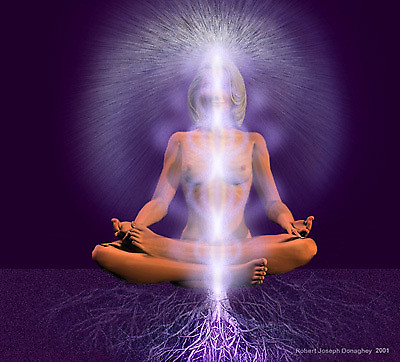Kundalini syndrome
From Wikipedia, the free encyclopedia
The appearance of the symptomatology is believed to occur in connection with a near-death experience, [17] [18] [19] or with prolonged, intensive spiritual or contemplative practice, as practiced within a few sub-disciplines of meditation or yoga. [20] [21] [22] [23] [24] Other factors that may trigger this symptomatology includes a variety of intense personal crises or experiences. [25] According to writers in the field of transpersonal psychology the process is not always sudden and dramatic, it can also start slowly and increase gradually in activity over time.[26] If the accompanying symptoms unfold in an intense manner that destabilizes the person, the process is usually interpreted as a spiritual emergency.[27]

